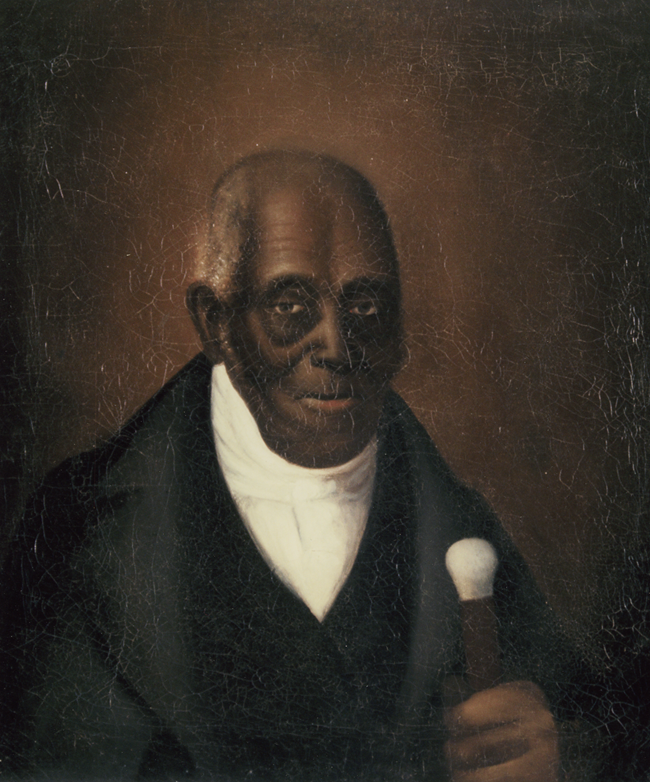
Image Credit: Courtesy of the Stockbridge Library, Museum & Archives Agrippa Hull’s father Amos died in 1761, which left Bathsheba struggling financially. So, at six years old, Agrippa went to live with family friends Joab and Rose Binney, a Black couple in nearby Stockbridge, Massachusetts. Hull grew up in a town comprised of Mahican, Wappinger, and Mohawk Indians, three other free Black families, and a few dozen white families.2 On May 1, 1777, at eighteen years old, Agrippa Hull enlisted as part of Captain Chadwick’s Company, Colonel Brewer’s Regiment. Hull served as an orderly to Major General John Paterson and participated in the Battle of Freeman’s Farm.3 Muster rolls indicate that Hull encamped at Valley Forge in December 1777 and January 1778.4 In May 1779, Hull began serving as an orderly to General Tadeusz Kościuszko, a Polish-Lithuanian engineer in the Continental Army. The two formed a close bond. Once, Kościuszko returned to his quarters unexpectedly. He was amused to find Hull had donned the commander’s uniform and called together “‘all the black servants in the camp’ for a festive dinner”—a story Hull would later recount with great mirth, and relief that Kościuszko had indeed found the incident humorous.5 Hull accompanied Kościuszko through the heaviest fighting in South Carolina—including the Siege of Ninety-Six and the Battle of Cowpens.6 Immediately after Eutaw Springs, “Hull was ordered to assist the surgeons treating the many wounded and never forgot the brutal amputations that he witnessed.”7 While at West Point in July 1783, Hull received his discharge from the Continental Army, signed by General George Washington. Reportedly, Hull turned down an offer from Kościuszko to settle in Poland, though the two friends reunited when the engineer visited New York in 1797. Instead, Hull went home. In Stockbridge, he worked with his employer Judge Theodore Sedgewick to emancipate Jane Darbe, whom he married. After her death, he married Maragret Tembrook in 1813. Hull adopted Mary Tilden, “the daughter of a fugitive slave from New York,” and he had at least one other daughter (Charlotte) and two sons (James and Asa).8 Hull carefully managed his finances, which enabled him to buy and enlarge a farm while avoiding debt.9 By 1800, he had become the largest Black landowner in Stockbridge, and had amassed more wealth than forty percent of the town’s white householders.10 Well respected throughout his community, Hull used his public standing and biting wit to undercut the status quo regarding race. He was fond of saying, “Many a good book has dark covers.”11 In 1844, Hull sat for a daguerreotype photograph. The dignified image became the basis for a painting done in 1848, the year of Hull’s death at the age of eighty-nine.12 Judge Sedgewick’s daughter Catharine once summed up Agrippa Hull, stating that he “was one of a large party that included the young, the gay, and the beautiful, but he was, as most fitting, the most noticed and honored of them all.”13 1. Gary B. Nash and Graham Russell Gao Hodges, Friends of Liberty: A Tale of Three Patriots, Two Revolutions, and the Betrayal that Divided a Nation: Thomas Jefferson, Thaddeus Kosciuszko, and Agrippa Hull (New York: Basic Books), 11. |
Last updated: February 4, 2021
